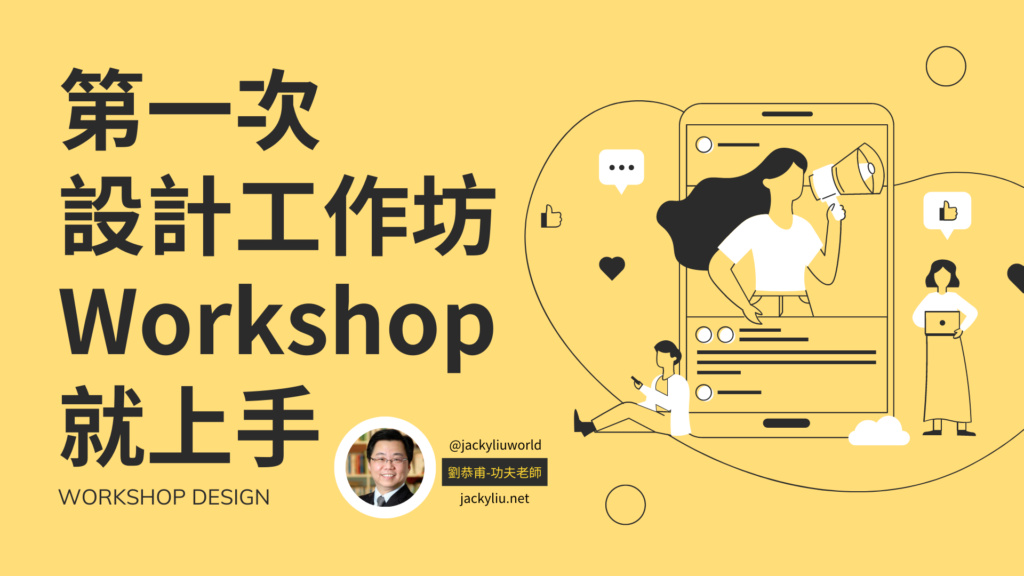遊戲化設計在很多產品中都可以創造更多的體驗,而同樣也可以運用於教育產品,不管大人與小孩的天性都喜歡遊戲,所以遊戲能幫助學習的興趣和學習動力。以下是我在輔導教育產品或課程設計時常見教育產品中運用遊戲化的10個遊戲元素。
(遊戲元素 1)凝聚
當學習者進入一個團體,會產生團隊合作的關聯,將多位學員組成小隊,鼓勵隊員形成凝聚力
(遊戲元素 2)共識
運用討論來達成團隊共識,可以充分發揮跨界學習的優點。
(遊戲元素 3)競爭
目的是完成任務成為勝利者,每個階段將成績排名作為一種刺激,形成正向競爭,能激發勝利的慾望。
(遊戲元素 4)稀缺
是指學習過程想要得到某樣東西,但是因為太稀少無法立刻獲得,例如限制名額或是限時得到禮物。
(遊戲元素 5)累積
學習者必須在指定的時間內有效採取行動而獲得獎勵,例如連續10日答題,或累計一段打卡時間。
(遊戲元素 6)未知
不知道下一個會是什麼,充滿不確定性,所以很期待,例如“盲盒”或隨機的抽牌。
(遊戲元素 7)失去
給學習者一套規則,如果無法完成,就會失去。例如累積的紀錄與成果。
(遊戲元素 8)使命
讓學習者擁有使命感,這是一種內在驅動因素,例如墜落到荒蕪小島展開冒險重返溫暖的家的英雄之旅。
(遊戲元素 9)積分
積分可以為學習者提供持續的動力,例如修完一節課可以獲得10點,連續10天點數加倍或是得到徽章的機制設計。加入排行榜更可以激發競爭。
(遊戲元素 10)情感
讓學習者持續關注某個東西而產生擁有感,例如積分可兌換食物扶養小寵物的成長。
各位早安,功夫老師鼓勵大家可以在課程演講中或是團體活動中運用10種遊戲元素自由組合搭配,讓你創造無限樂趣。
Ten ways to use gamification to design educational products
Gamification design can create more experiences in many products, and it can also be used in educational products. Regardless of the nature of adults and children, they like games, so games can help learning interest and motivation. The following are 10 game elements that I use gamification in common educational products when I tutor education products or curriculum design.
(Game element 1) Cohesion
When a learner enters a group, there will be a teamwork association, and multiple learners will be formed into teams to encourage team members to form cohesion
(Game Element 2) Consensus
Using discussion to reach team consensus can give full play to the advantages of cross-border learning.
(Game element 3) Competition
The goal is to complete the task and become a winner. At each stage, the ranking of the results is used as a stimulus to form a positive competition and stimulate the desire for victory.
(Game element 4) Scarcity
It means that you want to get something in the learning process, but it is too scarce to get it right away, such as a limited number of places or a limited time to get a gift.
(Game Element 5) Accumulation
Learners must take effective actions within the specified time to be rewarded, such as answering questions for 10 consecutive days, or accumulating a period of check-in time.
(Game Element 6) Unknown
I don’t know what the next one will be. It is full of uncertainty, so I look forward to it, such as a “blind box” or a random draw.
(Game Element 7) Lost
Give learners a set of rules, if they can’t complete it, they will lose it. For example, accumulated records and achievements.
(Game Element 8) Mission
Let learners have a sense of mission, which is an internal driving factor, such as falling to a deserted island and embarking on an adventure to return to a warm home.
(Game element 9) Points
Points can provide continuous motivation for learners. For example, you can get 10 points after completing a lesson, double the points for 10 consecutive days, or get a badge. Joining the leaderboard can stimulate competition even more.
(Game Element 10) Emotion
Let learners continue to pay attention to something to have a sense of ownership, such as points can be exchanged for food to support the growth of small pets.
Good morning, everyone, I encourage everyone to use 10 game elements to freely mix and match in lectures or group activities, allowing you to create unlimited fun.


